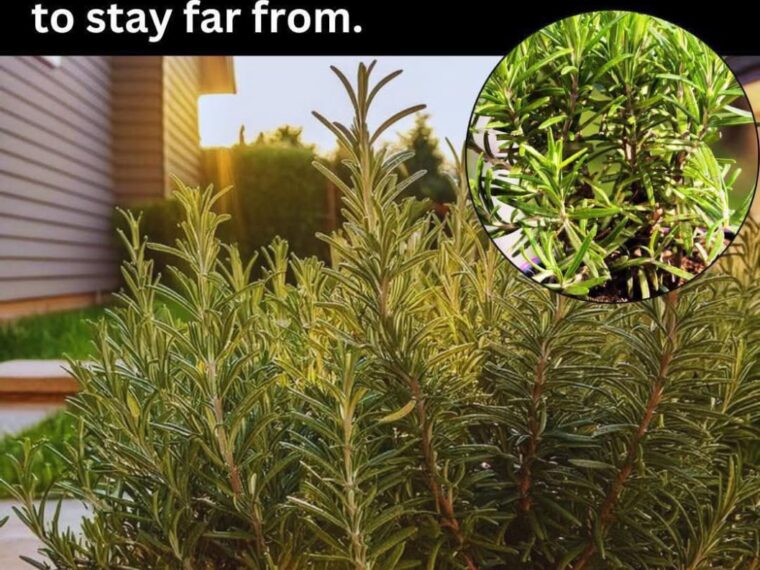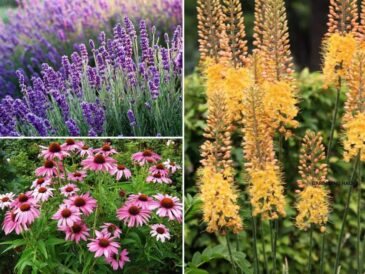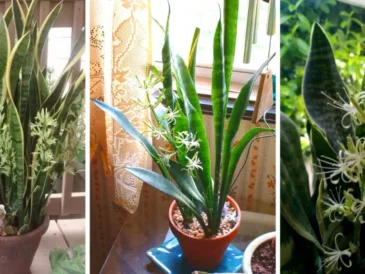Benefits of Companion Planting with Rosemary
Here’s why companion planting rosemary is a great idea:
- Pest Repellent: Rosemary naturally repels certain insects like cabbage moths, carrot flies, and mosquitoes.
- Improved Airflow: Pairing rosemary with lower-growing plants prevents overcrowding.
- Aromatic Gardens: Combining rosemary with other fragrant herbs like lavender or thyme creates a sensory garden.
- Soil Health: Companion plants like beans help enhance soil fertility.
- Visual Appeal: Pairing rosemary with flowering plants creates a beautiful and productive garden space.
Planting Tips for Successful Rosemary Companions
- Spacing: Rosemary grows into a substantial shrub. Leave 18–24 inches around it for airflow and sun exposure.
- Drainage: Plant rosemary and its companions in raised beds or well-draining soil.
- Pruning: Keep rosemary pruned to encourage bushier growth and reduce shading nearby plants.
- Mulching: Use gravel or sand around rosemary’s base to maintain dry soil conditions.
- Watering: Water rosemary deeply but infrequently. Adjust watering schedules based on companion plants’ needs.
Frequently Asked Questions
Can rosemary grow with tomatoes?
Rosemary can grow near tomatoes but should be spaced well apart. Tomatoes need more water and richer soil, so pairing them too closely may cause watering conflicts.
Is rosemary a good companion for roses?
Yes! Rosemary can help deter pests like aphids around roses and offers an attractive visual pairing.
Should I plant rosemary in a pot or the ground?
Either is fine. Containers allow you to control soil and moisture more easily. Just ensure excellent drainage.
Can rosemary and parsley grow together?
Generally no. Parsley prefers moister soil, while rosemary likes it dry. Keep them in separate beds or containers.
Rosemary is a hardy, flavorful herb that adds beauty and utility to any garden.
When planted alongside compatible neighbors, it becomes part of a thriving ecosystem that enhances growth, deters pests, and creates a harmonious garden space.




